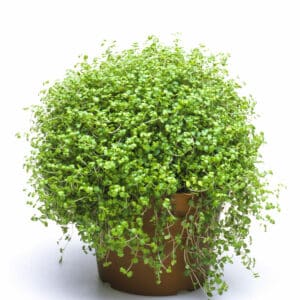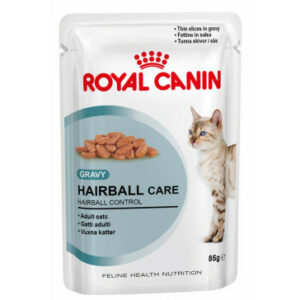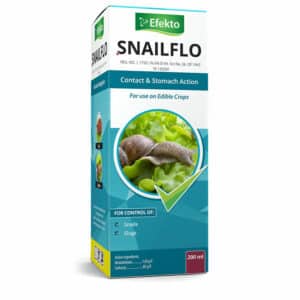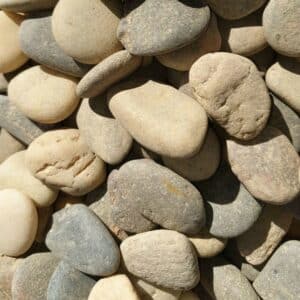How to grow creeper plants in pots
DIY and how-to
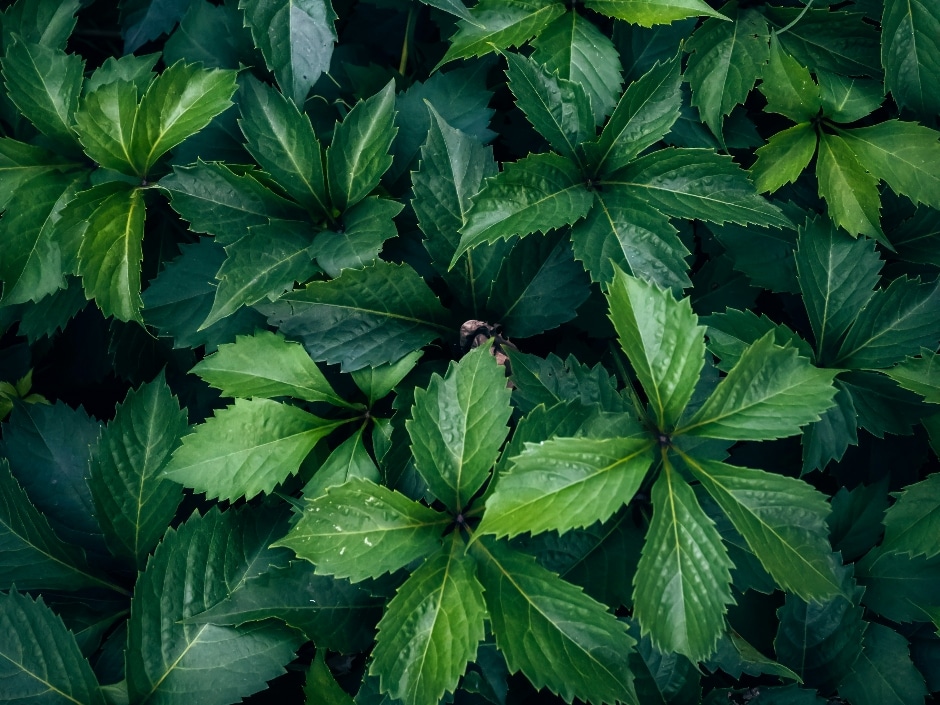
Growing creepers like bougainvillaea, honeysuckle and Virginia creeper in pots can transform your garden space into a vibrant display of colour and life. These climbing plants are not only visually appealing, but also relatively easy to maintain, making them ideal choices for both inexperienced and seasoned gardeners.
Here’s how to successfully grow these beautiful creepers in pots to add a new dimension to your outdoor space.
Choosing the right pot
When selecting a pot for your creepers, size is important. Choose a pot that is at least 30–40cm in diameter to allow ample space for root growth.
Bougainvillaea, for instance, thrives in larger pots, as it develops extensive root systems. Ensure that the pot has drainage holes to prevent waterlogging, which can lead to root rot.
Terracotta and ceramic pots are great choices, as they allow for breathability and help regulate soil temperature. If you opt for plastic pots, ensure they are UV-resistant to withstand the intense South African sun.
Soil selection
Use a high-quality potting mix that drains well while retaining moisture. A blend of peat moss, perlite and compost is ideal for creepers. This combination provides nutrients while ensuring good aeration and drainage.
Most creepers prefer slightly acidic to neutral soil (pH 6.0–7.0). You can test the soil acidity with a simple soil probe and testing kit, available at all Stodels Garden Centres. Adjust the pH if necessary by adding lime to raise it or sulphur to lower it.
Planting your creeper
The best time to plant creepers is during spring when the risk of frost has passed. This allows them to establish roots before the heat of summer sets in.
Follow these 4 easy steps:
- Fill the pot with soil mix, leaving about 5cm from the top.
- Create a hole in the centre large enough to accommodate the root ball.
- Place the plant in the hole and backfill with soil, pressing gently to eliminate air pockets.
- Water thoroughly after planting to help settle the soil.
Give your creeper the right support
Creepers need support to climb effectively. Install a trellis or stake when you plant.
For bougainvillaea, a sturdy trellis works well, as they can become heavy with blooms. Ensure that the support is securely anchored in the pot.
Watering practices
Creepers need regular watering, especially during hot weather.
Water deeply, but allow the top inch of soil to dry out between waterings. Overwatering can lead to root rot, so it’s important to get a good balance.
In winter, reduce watering, as most creepers become dormant and need less moisture.
Fertiliser for your creeper
Fertilise your creepers every four to six weeks during the growing season (spring and summer) using a balanced liquid fertiliser or slow-release granules.
Bougainvillaea benefits from higher potassium levels, which promote flowering.
Pruning perfect
Regular pruning helps maintain shape and encourages bushier growth.
For bougainvillaea, prune after flowering to promote new blooms. Honeysuckle and Virginia creeper can be pruned back in late winter or early spring before new growth begins.
Pest control
Keep an eye out for common pests like aphids and spider mites. Explore these options for keeping them at bay.
Insecticidal soap or neem oil can also be effective treatments if infestations occur.
By choosing the right pot, soil and support system and maintaining proper watering and fertilisation routines, you can enjoy a flourishing display of creepers that thrive in our hot climate.
Browse creepers and climbing plants at your nearest Stodels Garden Centre, along with pots, fertiliser and any other tools and ingredients you need for a thriving plant. With these tips, you’ll be well on your way to creating a stunning vertical garden that attracts pollinators and adds beauty to your home.
You might also like
Shop online
-
PEACE IN THE HOME 9CM & 15CM
- Price range: R49.99 through R79.99
- Select options This product has multiple variants. The options may be chosen on the product page Learn More
-
SNAILFLO 200ML
- R179.99
- Add to cart Learn More
-
PEBBLES MARINE
- R319.99
- Add to cart Learn More

